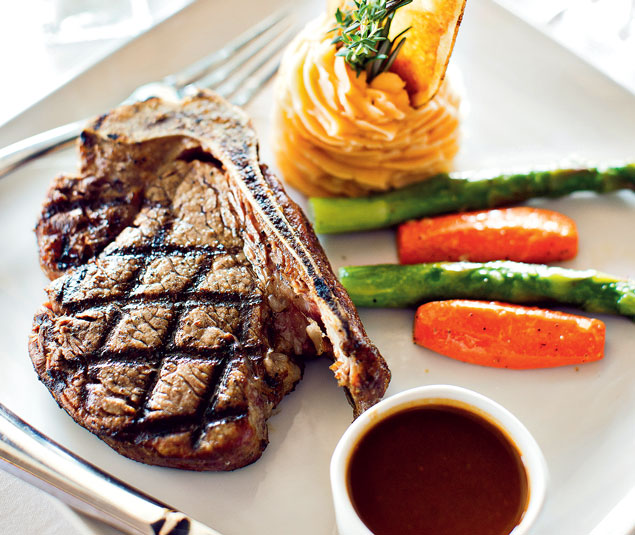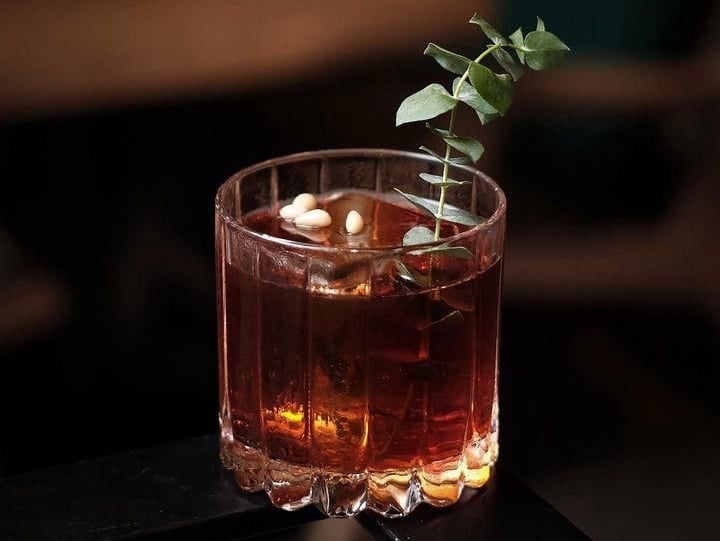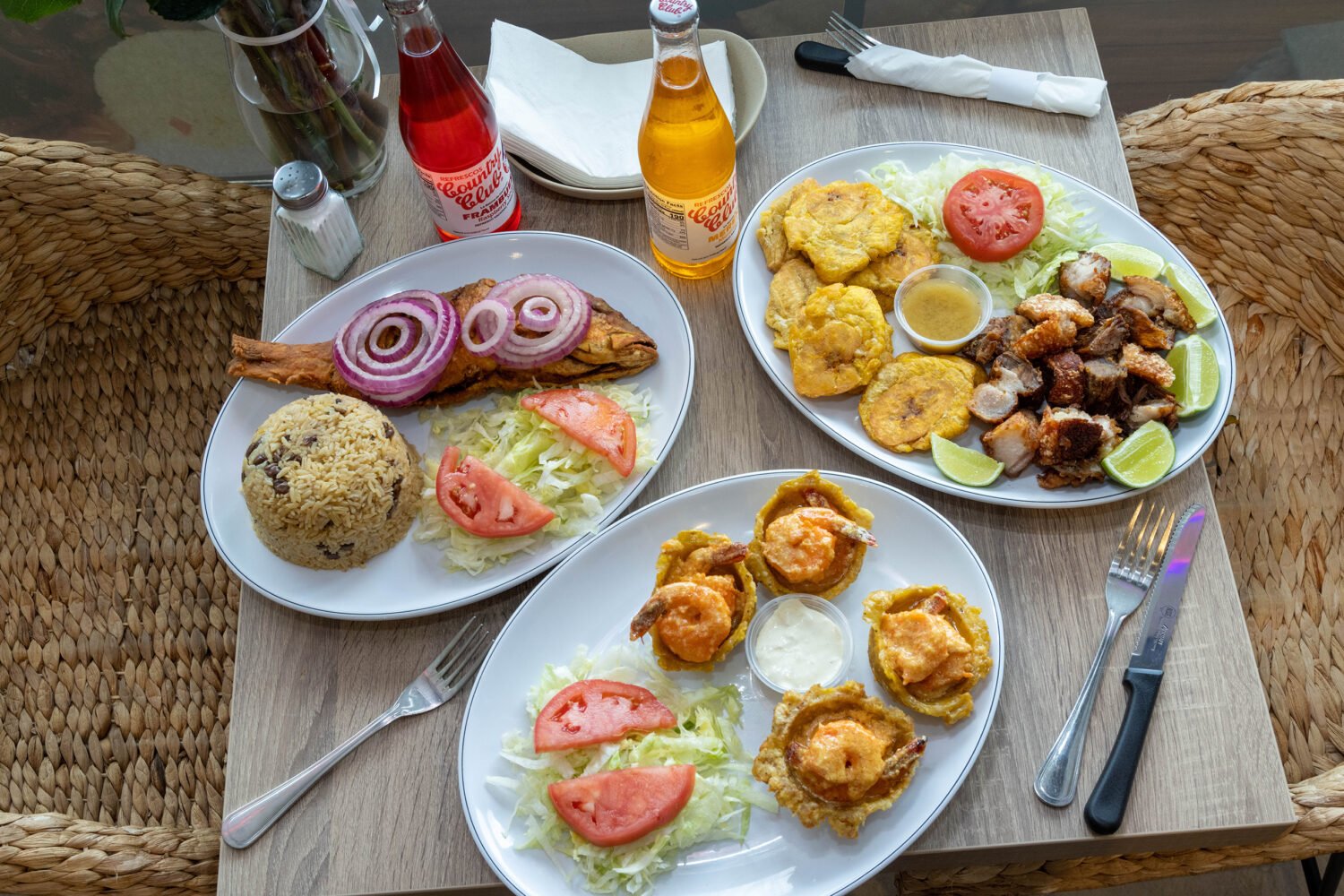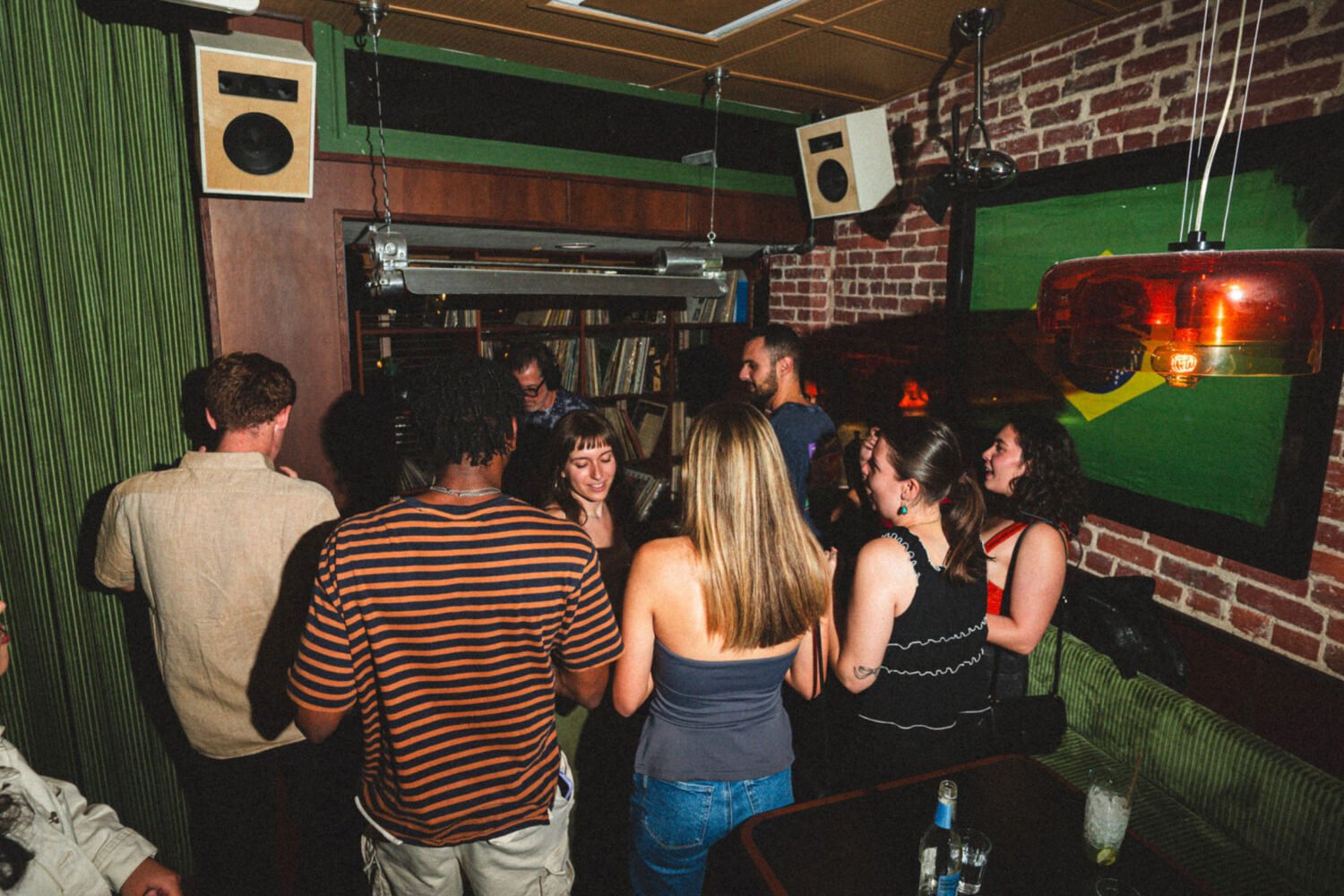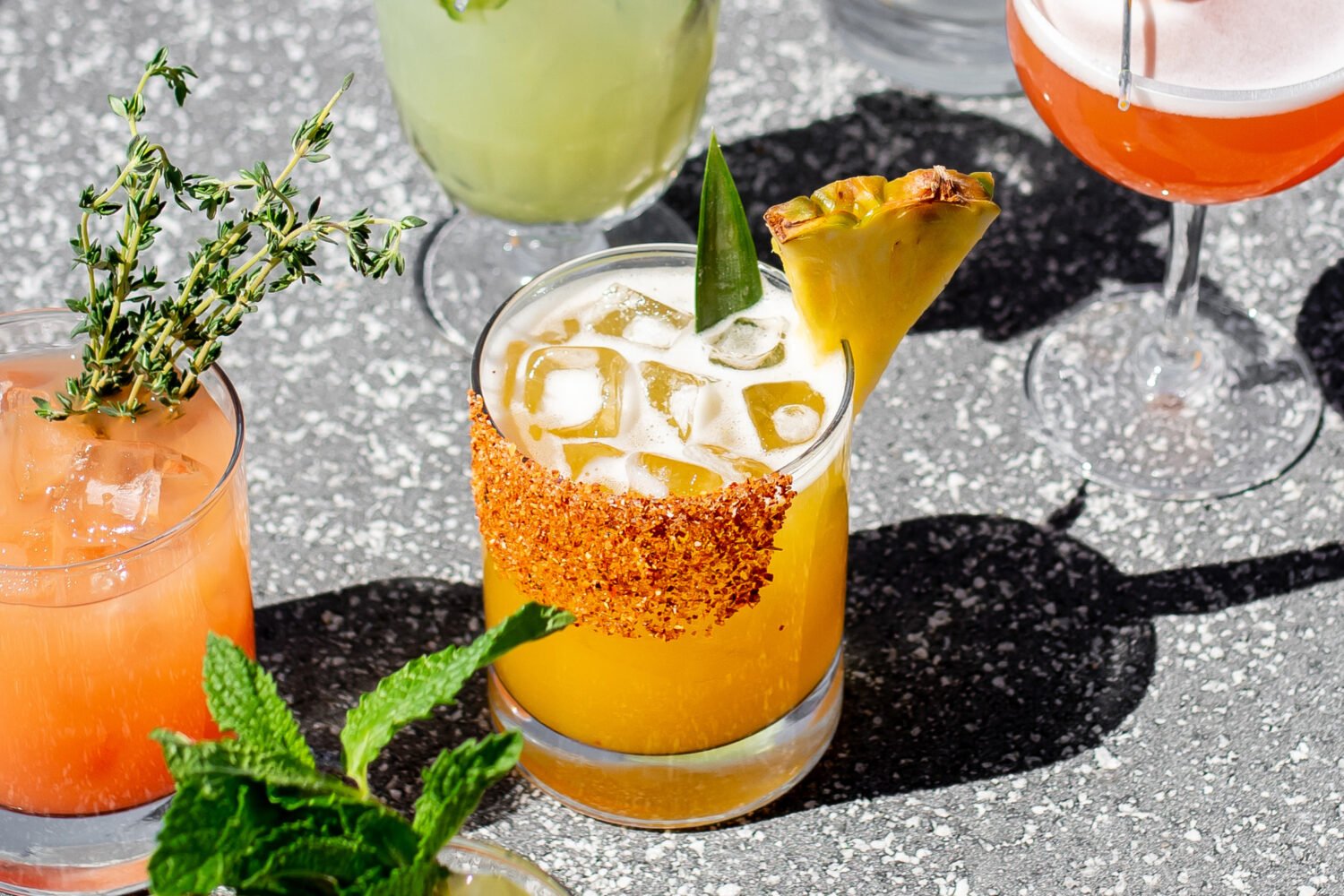About Monty’s Steakhouse
Slideshow: Inside Monty’s Steakhouse
The steakhouse of yore was a man’s world, a dark, smoke-filled
restaurant that demonstrated to a client or prospective partner that size
(of your steak, of your wallet) really does matter. These clubby dens
haven’t quite gone the way of the CD, but their stature in an increasingly
progressive food culture has diminished almost to the point of
irrelevance. Places as different as the spunky independent Ray’s the
Steaks in Arlington and the celebrity-chef-driven operations BLT Steak,
Charlie Palmer Steak, J&G Steakhouse, and Bourbon Steak—all in DC—have
performed extreme makeovers on the old-boy model, lightening the menu and
even deemphasizing the meat.
Monty’s Steakhouse, wedged into a Springfield strip mall, is
the latest manifestation of the new-age sensibility. The dining room is so
white, bright, and welcoming, it’s like stepping aboard a cruise ship. The
handsome accents—shiny oak floors, pendant lights—establish a bistro-like
warmth.
But Monty’s is old-fashioned in the earneatness with which it
seeks to pamper you. A tower of cookies sits on the host stand.
Well-spaced tables are laid with crisp linen. A basket of rolls and banana
bread lands when you sit down. Best of all, a seasoned waitstaff combines
the snap of fine dining with the approachability of a family
restaurant.
Khash Montazami, who co-owns the restaurant with his sister,
Mandana, told me in a phone interview that the siblings drew guidance from
an unlikely source: their 80-year-old father, A.K. “Monty” Montazami, a
former diplomatic military attaché with the Iranian Embassy. What his
father values in a restaurant, his son said, is what he also values in
people: directness, warmth, and accessibility.
Those qualities, of course, can’t simply be willed into
being—in the restaurant business, they come from tending to the little
things. According to Khash, Monty’s sources its locally raised,
21-to-28-day dry-aged beef from the same supplier as the Old Homestead and
Bobby Van’s. The kitchen, under chef Marco Camacho, is generally good
about cooking its steaks (including a cowboy cut, a porterhouse for two,
and a bone-in filet mignon) to the requested level of doneness; it also
gets a nice crosshatched char on the outside. From the trimmings of that
meat come the burger and the mushroom-laden rib-eye steak sandwich, both
rewarding.
Because this is a new-age steakhouse, you can forgo the meat
and still eat well. Two starters are standouts: bruschetta topped with
Brie and generous folds of smoked salmon and a martini glass overflowing
with zippy ceviche.
Portions are retro, as are many of the kitchen’s best ideas.
The croque madame—slices of artisan bread filled with gooey
Gruyère, ham, and béchamel and crowned with a runny egg—is as glorious as
it is monstrous, and a reminder that some dishes shouldn’t fade
away.
Where the kitchen errs is in its tendency toward overrichness.
A potato gratin eats like a butter gratin with potato. A bisque I tried
was so thick with cream, it was hard to think of pairing it with anything
but salad.
Dessert is presented with a flourish straight out of Little
Italy: A waiter sidles up after the last of the dishes has been cleared to
tempt you with a tray of house-made tarts, pies, cakes, and parfaits. I
love the gesture. It’s a shame that all three I tried were either dry or
tasted of the refrigerator.
Monty’s is not, alas, the fine-tuned, big-city operation that
it can—at its best—fool you into thinking it is. But when so many
restaurants have put a premium on novelty and noise, it understands
something important: Most of the time we aren’t looking for flash. We’re
looking for a place that takes care of us on the plate and at the table.
We’re looking for a little old-school simplicity and humility. The wonder
is that a new-age steakhouse in suburbia should supply it.
This article appears in the May 2013 issue of The Washingtonian.

